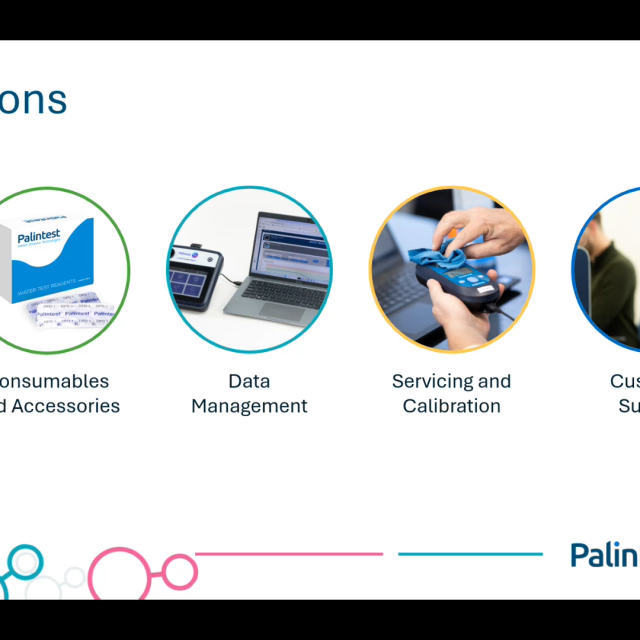
Iron Testing – Which Method to Use?
Introduction
Iron is one of the most abundant metals on Earth. While some level of iron is essential for human health, excessive iron in drinking water or wastewater can cause serious problems.
Iron in water supplies comes from natural sources like rock and soil. But iron contamination can also occur due to corrosion of pipes and well components.
At high concentrations, iron causes reddish-brown stains on plumbing fixtures and laundry, and imparts a metallic taste. Iron also supports microbial growth within distribution systems, leading to fouling.
For wastewater systems, excessive iron can disrupt biological treatment processes. So testing is required to ensure iron levels remain in an acceptable range before discharge or reuse. Overall, iron testing provides vital data to safeguard water quality for both drinking water and wastewater applications.
Iron in Drinking Water
Iron contamination affects the taste, smell, and colour of water. At lower levels, iron creates a bitter, metallic taste. As iron concentrations increase, the water may take on a reddish colour. Iron also promotes the growth of iron bacteria, resulting in red brown (rust-coloured) slime in toilet tanks and foul odours from the water.
The health effects of iron in drinking water depend on the amount present. At the low levels found in most water supplies, iron is not hazardous to health. Ingesting excess iron through water can damage the intestinal lining and may increase the risk of heart disease. But these impacts only occur at very high iron exposures not typical of drinking water and normally the metallic taste of iron is usually the biggest complaint.
Keeping iron under control through testing and treatment is primarily an aesthetic concern for pleasant tasting water. US EPA (Environmental Protection Agency) has secondary drinking water standard for iron to be under 0.3mg/L.
Iron in Wastewater
Iron is commonly found in wastewater from both industrial and domestic sources. The iron concentration in wastewater depends on the composition of the waste stream.
The main sources of iron in wastewater are corrosion of pipes and discharge from metal processing facilities. Iron can also leach into groundwater from natural deposits and end up in wastewater.
Excess iron affects the wastewater treatment process in several ways:
- Iron bacteria can grow, causing operational issues like blocked pipes and equipment damage.
- It can cause scaling on equipment and reduce the efficiency of treatment processes.
- Iron deposits make aeration and settling more difficult during secondary treatment.
- It increases sludge volume.
Most wastewater discharge permits limit the amount of total iron allowed. Typical discharge limits are around 2-10 mg/L. More stringent limits may be required for discharges to sensitive water bodies. Limits as low as 0.3 mg/L are sometimes applied.
Common treatment methods for iron removal include chemical precipitation, ion exchange, and membrane filtration.
Routine influent and effluent monitoring provide important data on iron levels entering and leaving the plant. This allows operators to monitor iron removal efficiency and ensures permit compliance.
Testing for Iron in Water
Monitoring changes in source water: Iron levels in source water can fluctuate due to environmental factors like droughts or floods. Ongoing testing helps detect these changes so treatment adjustments can be made accordingly.
Verifying regulatory compliance: Regular iron testing provides documentation that drinking, and wastewater systems are meeting state and federal standards for safe iron concentrations. This protects public health and avoids potential regulatory violations.
Optimizing treatment system performance: Data collected over time through consistent testing enables operators to fine-tune treatment processes for maximum iron removal efficiency and cost-effectiveness.
In summary, routine iron testing is a crucial part of managing safe and effective drinking and wastewater systems. Tracking iron levels at regular intervals helps affirm proper system functioning, catch potential issues early, adapt to changing conditions, comply with regulations, and optimize the treatment process.




